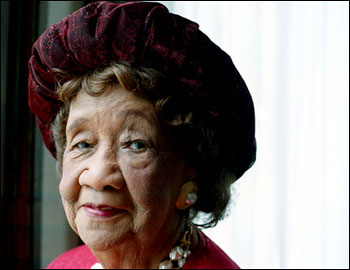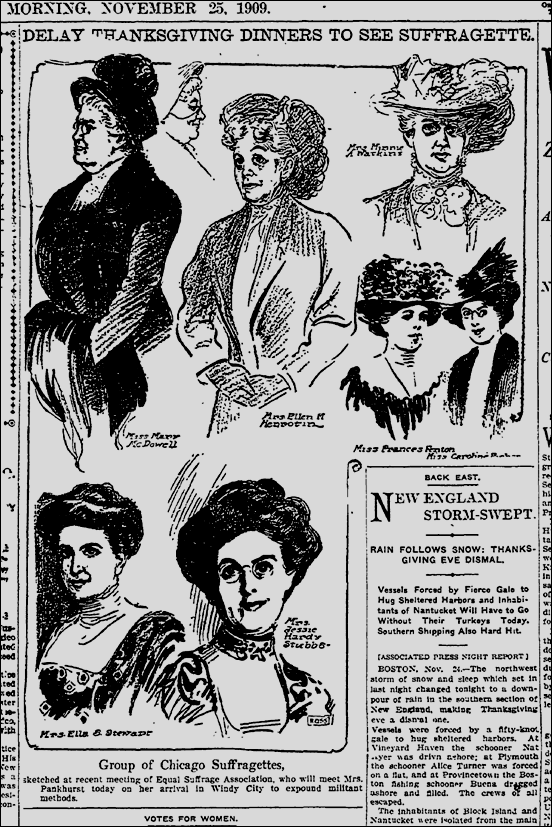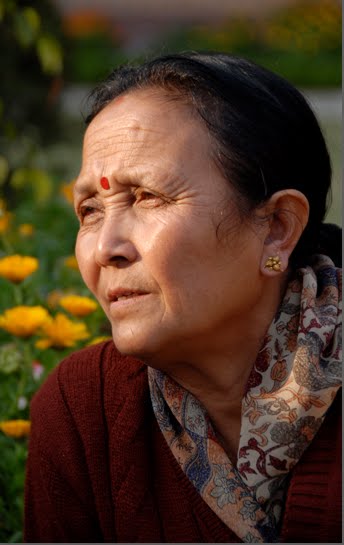The Daily Pennsylvanian reports here:
Though students at Columbia University were advised to think twice before tweeting “#WikiLeaks,” Penn students have received no similar warning.
WikiLeaks — a website that exposes confidential diplomatic messages — recently released information on topics ranging from the future of North Korea to terrorist groups such as Al-Qaeda and Hezbollah.
Last week, Columbia University’s School of International and Public Affairs sent students an e-mail with instructions not to discuss or link to WikiLeaks on social networking sites, as such actions could jeopardize future job opportunities — especially with the federal government.
On Monday, however, SIPA’s Dean sent a follow-up e-mail to reverse the warning, asserting that students may discuss things relevant to their studies or roles as global citizens.
Although no administrative e-mails have been sent to Penn students about WikiLeaks, students and faculty voiced different opinions regarding SIPA’s warning to its students.
“This is not inconsistent with generic advice when you’re applying for a job,” said Director of the Fels Public Policy Internship Program Dierdre Martinez, explaining students need to be very careful about what they put on the internet.
She added that the State Department may view discussion of WikiLeaks online as a reflection of a person’s approach to sensitive data. “If you’re all for the distribution of sensitive data, you might not be the kind of diplomat they want,” she said.
I found out about this today. A faculty colleague had been asked by a student for permission to search for WikiLeaks on school computers. My colleague said (correctly, in my view), “Of course.” The student then told her about the Columbia warning.
I agree that students need to be careful about their internet postings, but it makes me incredibly uncomfortable when a University starts warning its students against discussing — in person, in print, in cyberspace — information that is now in the public domain. Shouldn’t students at a School of International and Public Affairs be discussing the WikiLeaks and their implications? If not, the SIPA student would be like Clarence Thomas when he said in his confirmation hearings that he had never discussed Roe v. Wade in law school (see here). Remember this testimony from 1991?
SENATOR LEAHY: You were in law school at the time Roe v. Wade was decided. Was it discussed while you were there?
THOMAS: The case that I remember being discussed most during law school was Griswold. But I did not spend a lot of time debating all the current cases.
LEAHY: I am sure you are not suggesting that there wasn’t any discussion at any time of Roe v. Wade?
THOMAS: Senator, I cannot remember personally engaging in those discussions.
LEAHY: Have you ever had discussion of Roe v. Wade in the 17 years it has been there?
THOMAS: Only in the most general sense that other individuals express concerns, and you listen and you try to be thoughtful. If you are asking me whether or not I have ever debated the contents of it, that answer to that is no, Senator.
LEAHY: Have you ever stated whether you felt that it was properly decided or not?
THOMAS: I don’t recollect commenting one way or the other. There were, again, debates about it in various places, but I generally did not participate.
SIPA students, don’t pull a Clarence Thomas. Be engaged in the issues of the time. Debate them. Have an opinion. And own your opinions.
-Bridget Crawford


 A post office near Union Station in Washington, D.C. has been renamed in honor of Dr. Dorothy I. Height. Dr. Height was the president of the National Council of Negro Women from1957-1997. She previously was the president of the national organization of the Delta Sigma Theta Sorority from 1947-1956.
A post office near Union Station in Washington, D.C. has been renamed in honor of Dr. Dorothy I. Height. Dr. Height was the president of the National Council of Negro Women from1957-1997. She previously was the president of the national organization of the Delta Sigma Theta Sorority from 1947-1956.
 Dora “Alicia” Recinos Sorto of El Salvador
Dora “Alicia” Recinos Sorto of El Salvador 


 Maya Angelou recently donated 343 boxes of her papers to the New York Public Library’s
Maya Angelou recently donated 343 boxes of her papers to the New York Public Library’s 


 Anuradha Koirala
Anuradha Koirala We have received the sad news of the passing of Professor Irene Merker Rosenberg, Royce R. Till Professor Emerita of Law at the University of Houston Law Center, on November 17, 2010.
We have received the sad news of the passing of Professor Irene Merker Rosenberg, Royce R. Till Professor Emerita of Law at the University of Houston Law Center, on November 17, 2010.